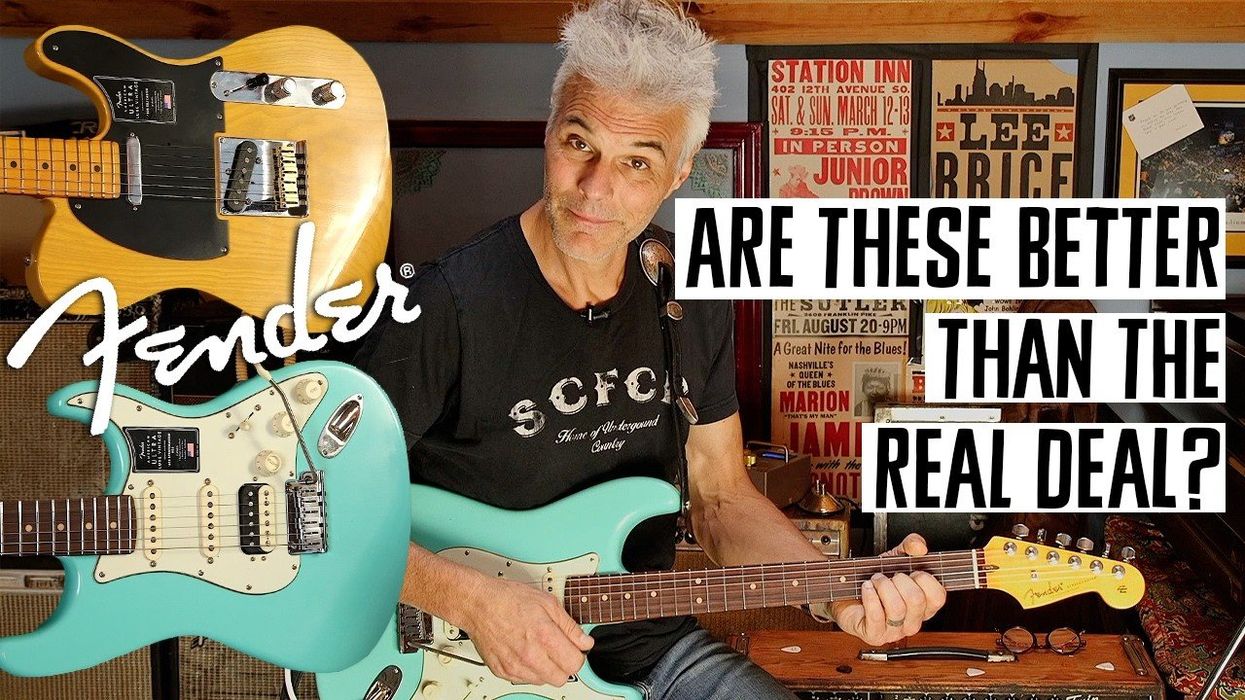Paul McCartney has seemed unstoppable since he returned to touring in 2009 after a four-year break. But then … COVID. Which stopped everybody. Although not entirely. Like many others, McCartney spent his 2020 “rockdown," as he calls it, writing the songs and playing all the instruments for his new album, McCartney III.
I'm guessing that among those instruments was his beloved 1963 Hofner 500/1 violin bass—his main axe with the Beatles, and all of his work, including tours, since he took it out of mothballs for his 1989 album Flowers in the Dirt.
Just as McCartney III was coming out in December, this column's 1967 Hofner 500/1 violin bass came into the shop. And to amplify the kismet, the Beatles were playing on the sound system when the bass' now-former owner brought it in to sell.
This model wouldn't be so iconic if McCartney could've afforded a Fender back in 1961, when the Beatles were literally getting their act together playing clubs in Hamburg. But his first Hofner was only $45. That one was stolen, and in '63 Hofner gave him a replacement, which is the bass we all know and love to hear.
Pardon my grunge: The control panel—three EQ sliders and two volume dials—shows some grit and dirt, well-earned from years in smoky clubs.
The Hofner violin bass dates back to 1955, when Walter Hofner designed the prototype. The small, hollow body and violin shape made it easy to carry and play—especially in comparison to Fender's Precision. The tone aimed for qualities that would appeal to both acoustic upright bass players and the expanding electric bass market—and with flatwound strings, it did just that, creating a fat, thumpy voice the amplified the sound so familiar on pop and jazz records of the '40s, '50s, and early '60s.
Most of what's changed about the Hofner 500/1 over the decades is the electronics, while the maple body, spruce top, rosewood fretboard, and dot inlays have remained a staple. The neck and bridge pickups had many iterations in the '50s and '60s. Originally, Hofner called them wide-spaced pickups, because they were located far apart, as close to the neck and bridge as workable. By '57, the bridge pickup was moved closer to the neck, to about mid-top. And in 1960, the black bar pickups Hofner used were replaced with toaster-style examples. A year later—and on McCartney's '61—the so-called twin-coil Cavern pickups arrived, along with the replacement of the tortoiseshell pickguard with a cream pearloid version. But '62 brought another shift, to diamond logo pickups, called that because of the diamond engraved on their covers. And a year later those were gone—nudged aside by staple pickups. In 1963, two-piece necks were also used on some 500/1s, and the two-on-a-strip tuners began to be replaced by standalone versions.
Here's a close-up look at the '67s neck-slot blade-style single-coil pickup—the seventh pickup variation for the 500/1 model.
But wait! There's more! The year of our Hofner, 1967, marked the introduction of single-coil blade pickups in the 500/1. Until this point, all of the aforementioned changes did little to alter the sound of the instrument. But the blades are different—hotter and more gainy. These pickups have two magnets on each side of a center blade, and they are ceramic, not alnico like earlier Hofner pickups. Their louder, more-forward tone is perfect for recording, and takes to digital tracking and mixing very well. The control set had slight variations over the years, but in 1967 was a sleek array of two volume dials and three responsive tone switches marked rhythm, bass, and treble.
Our 500/1 has an ebony two-piece floating bridge, and the fret saddle inserts have been removed to emulate the mod supposedly made by McCartney to get a more thuddy and muted sound. (A reissue version of the original bridge assembly is available.) The tuners on this bass were replaced with closed-back Grovers, which are a lot easier to turn than the small-button versions that came standard in '67.
Beneath its elegant, curved top, our 500/1's headstock has Grover replacements for the small-button OEM tuners, which went from two-to-a-strip to standalones in 1967.
This bass has been played a lot, and it shows in the finish wear and checking on its body. Plugging in made me want to start banging out some McCartney-style bass melodies and explore those loping, rich tones that were such an important element of the Beatles' sound. In the 1967 Hofner catalog, the 500/1 was listed at $345. Our example is tagged at $2,500. I hope this very collectable bass ends up with a musician who loves the Beatles as much as I do and puts it to work for at least another half-century.


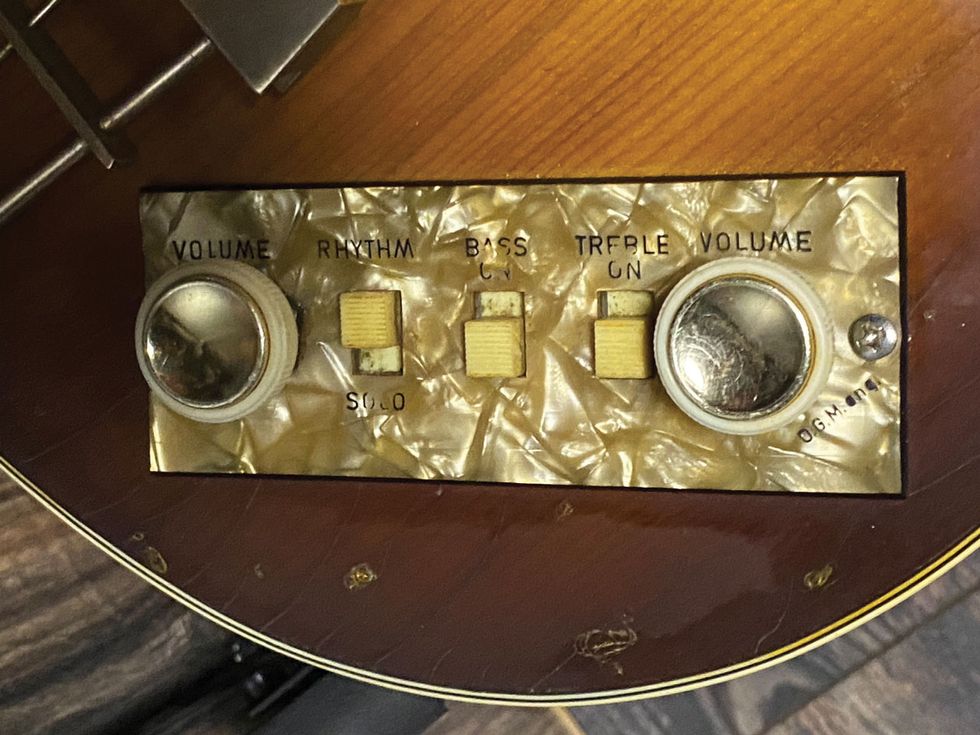
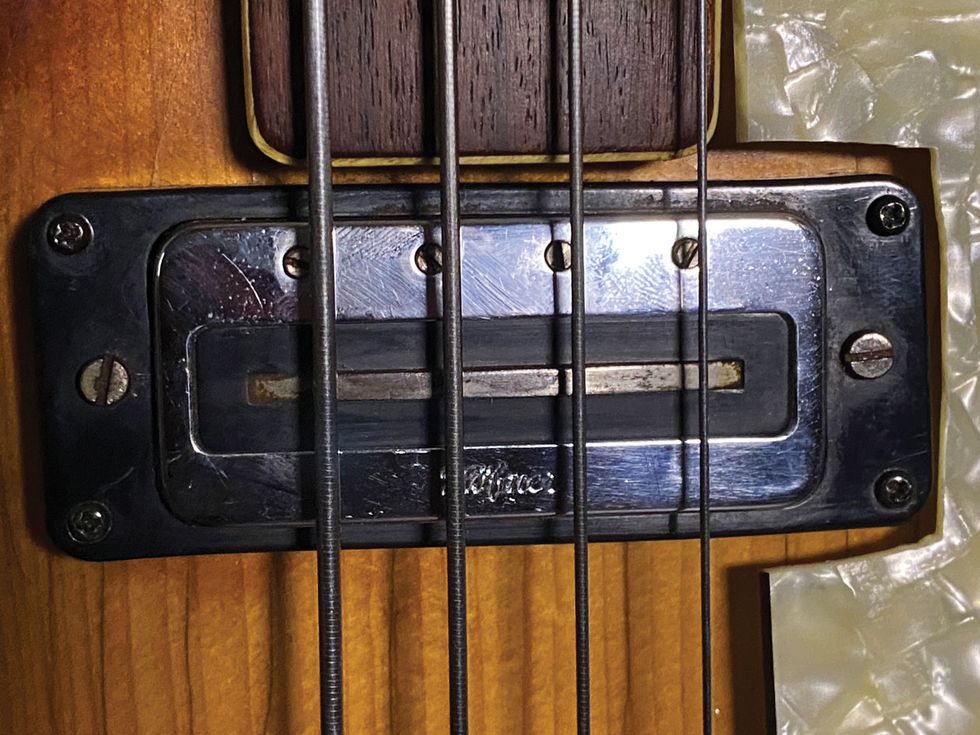
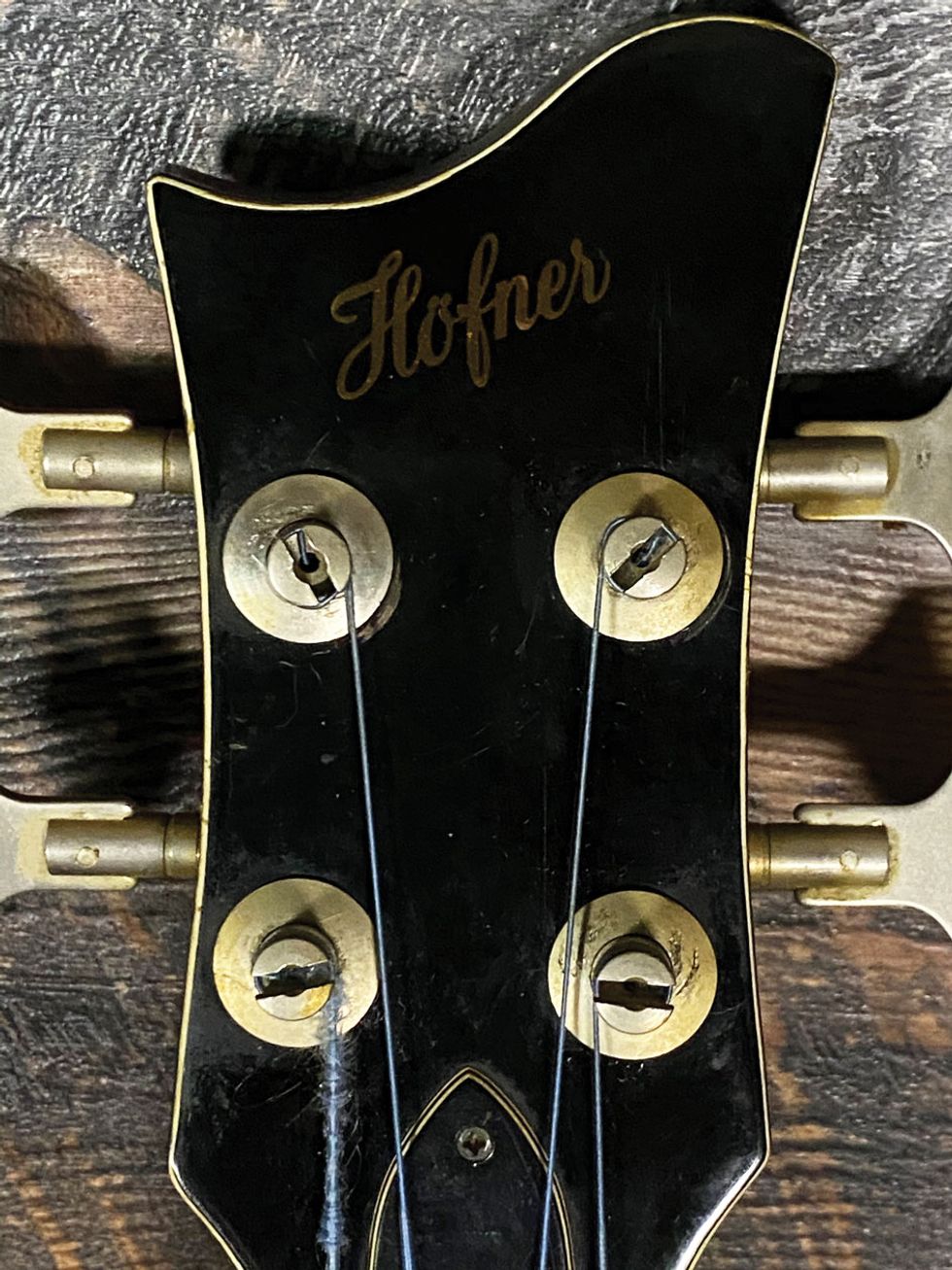




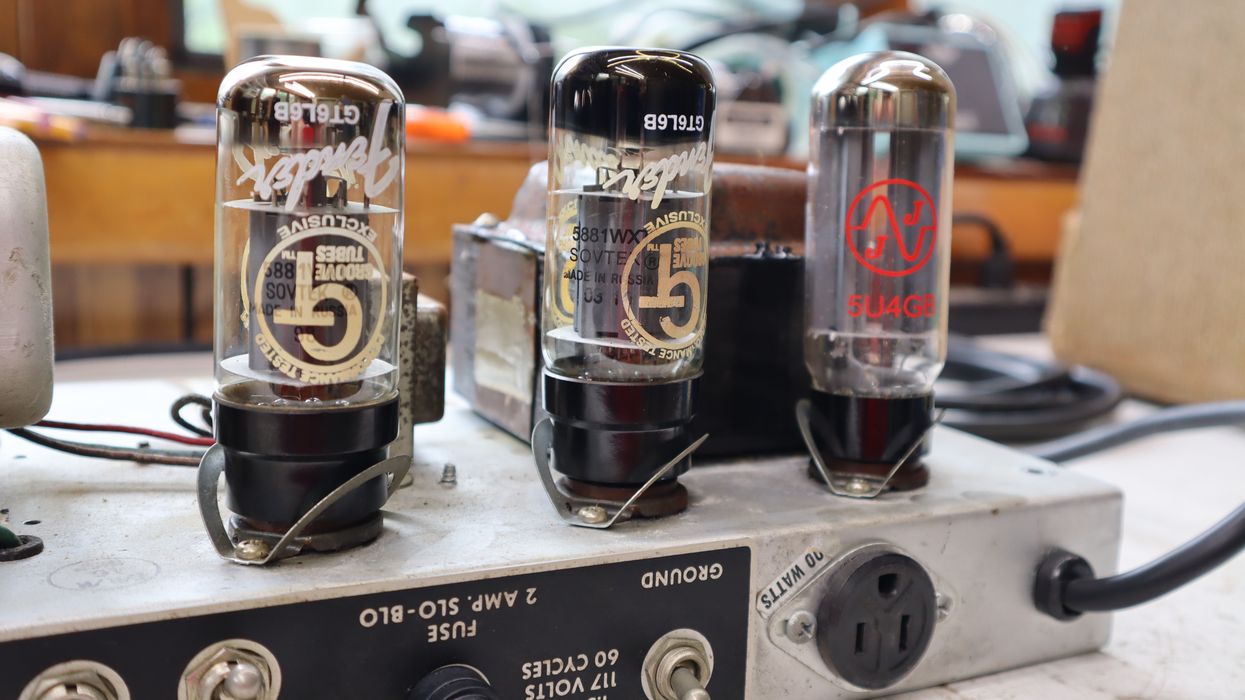
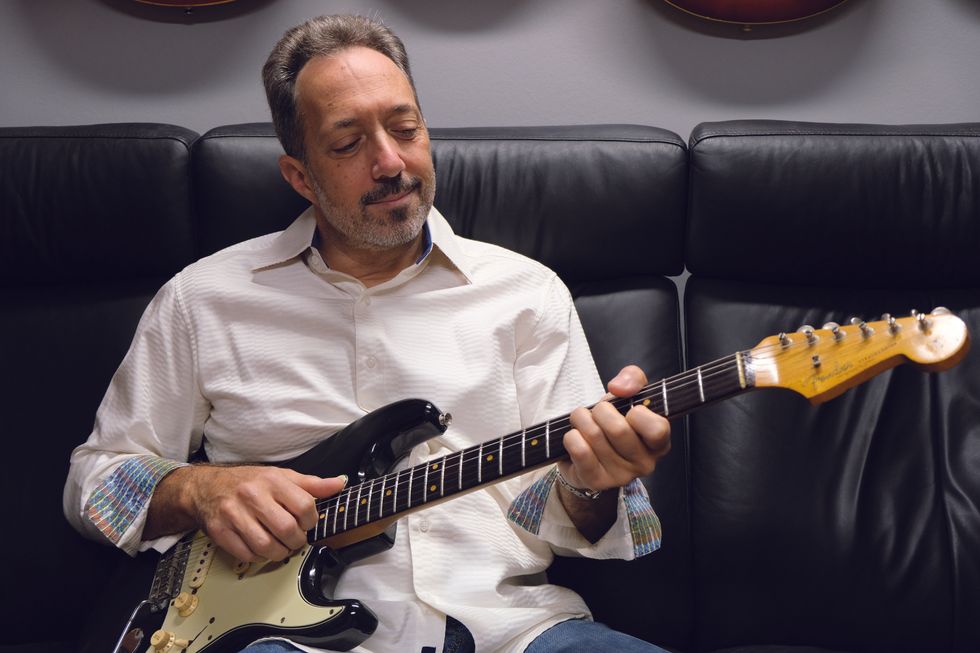
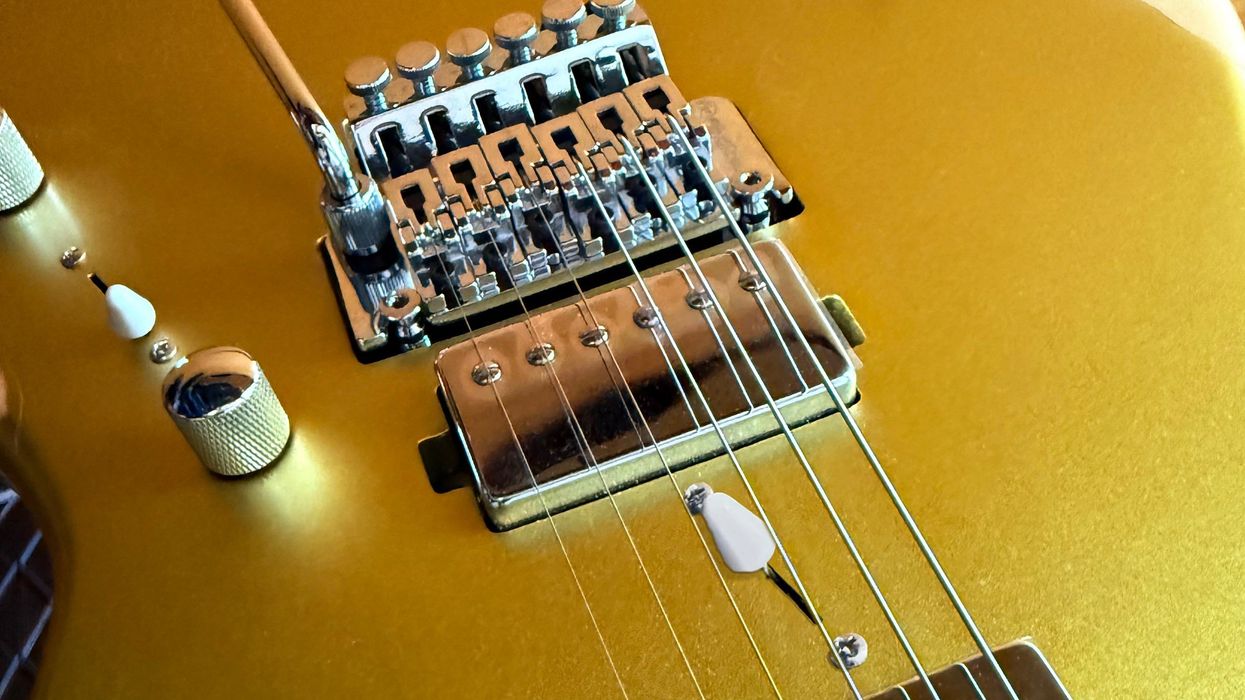
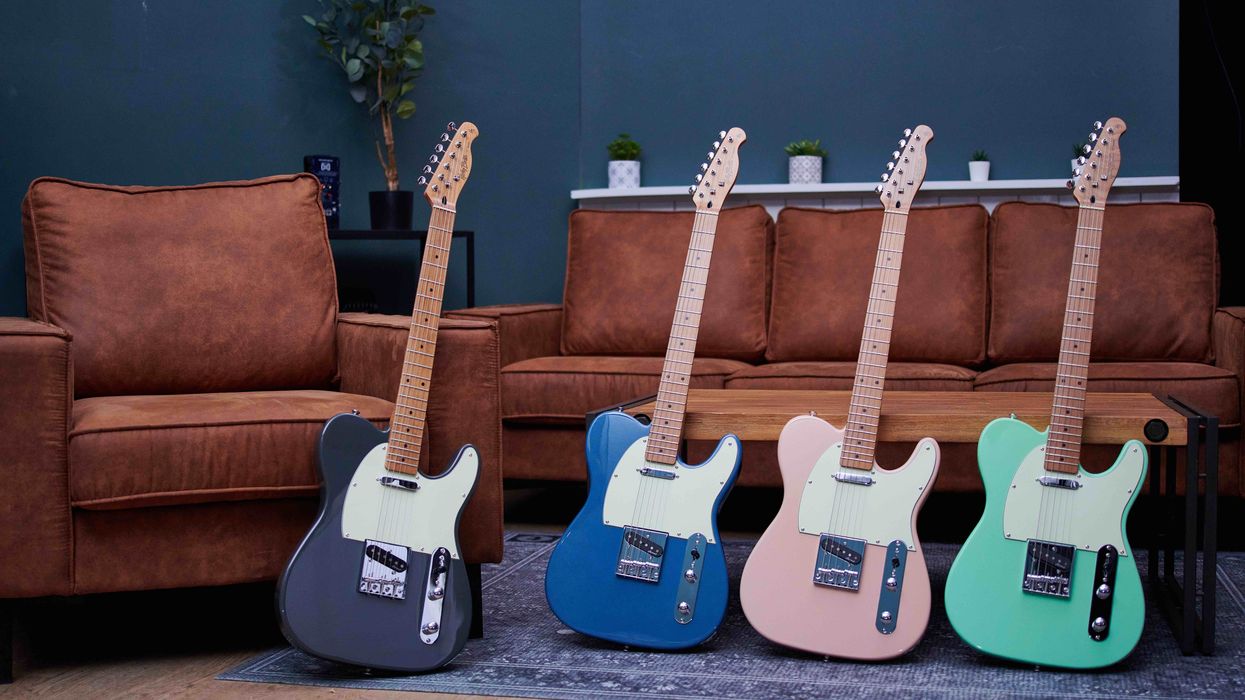


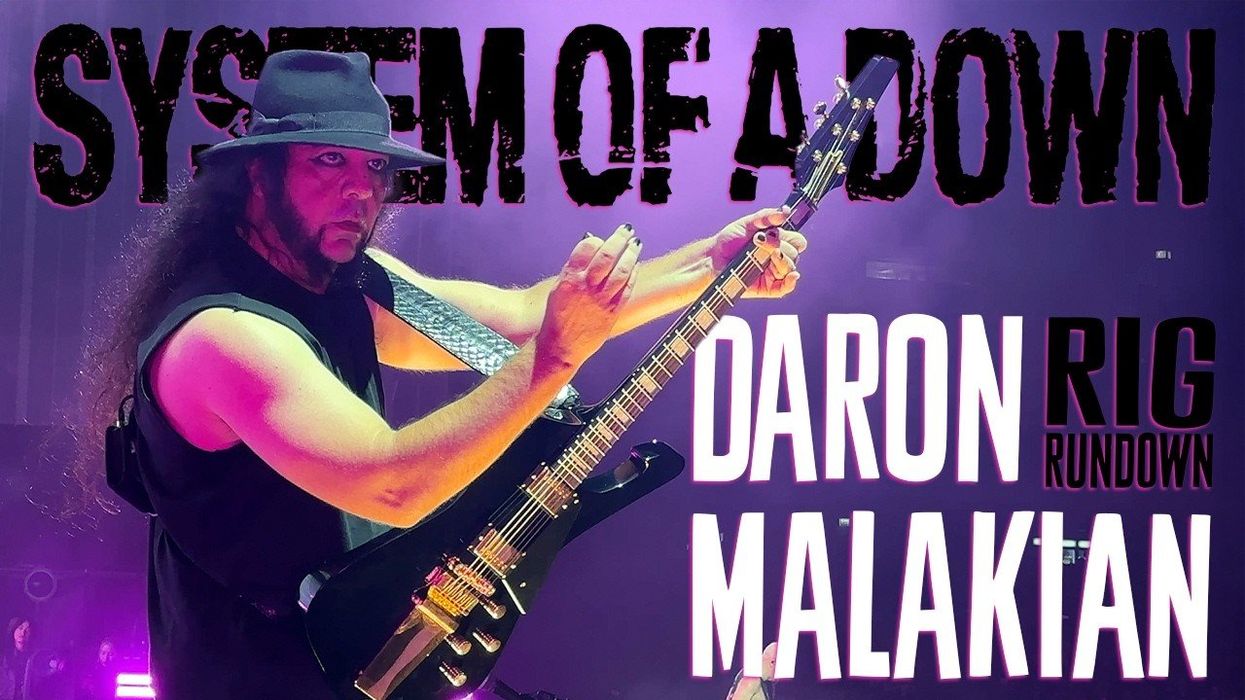
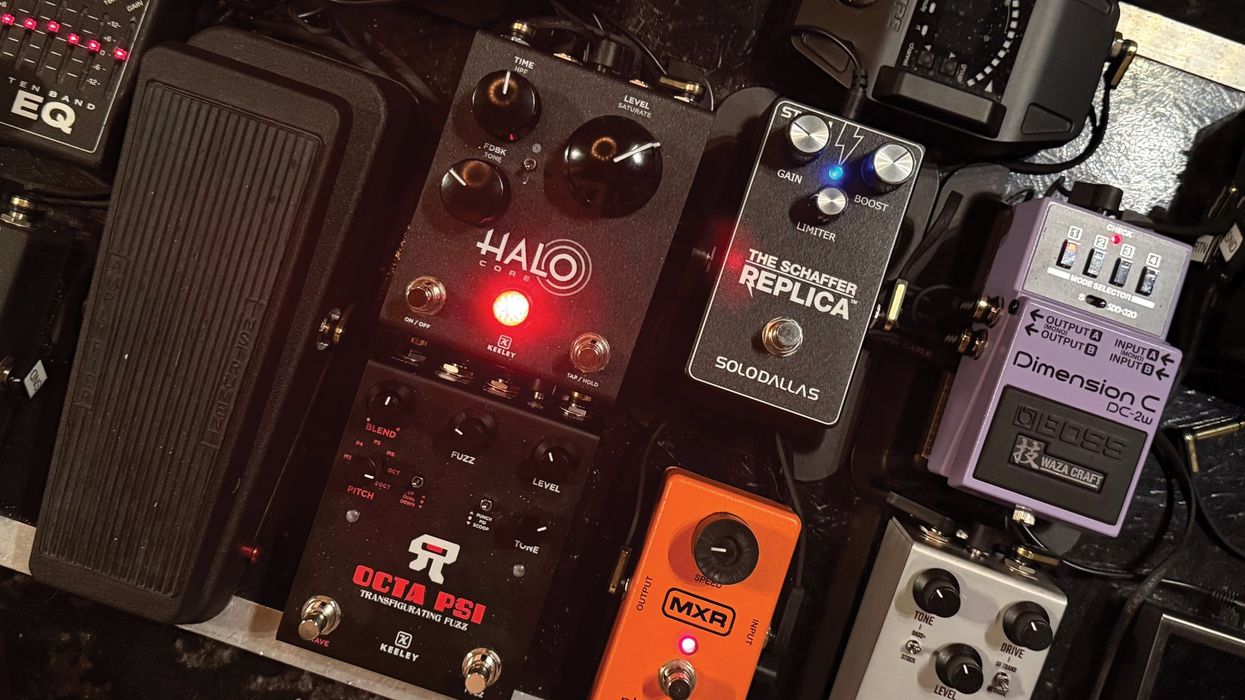
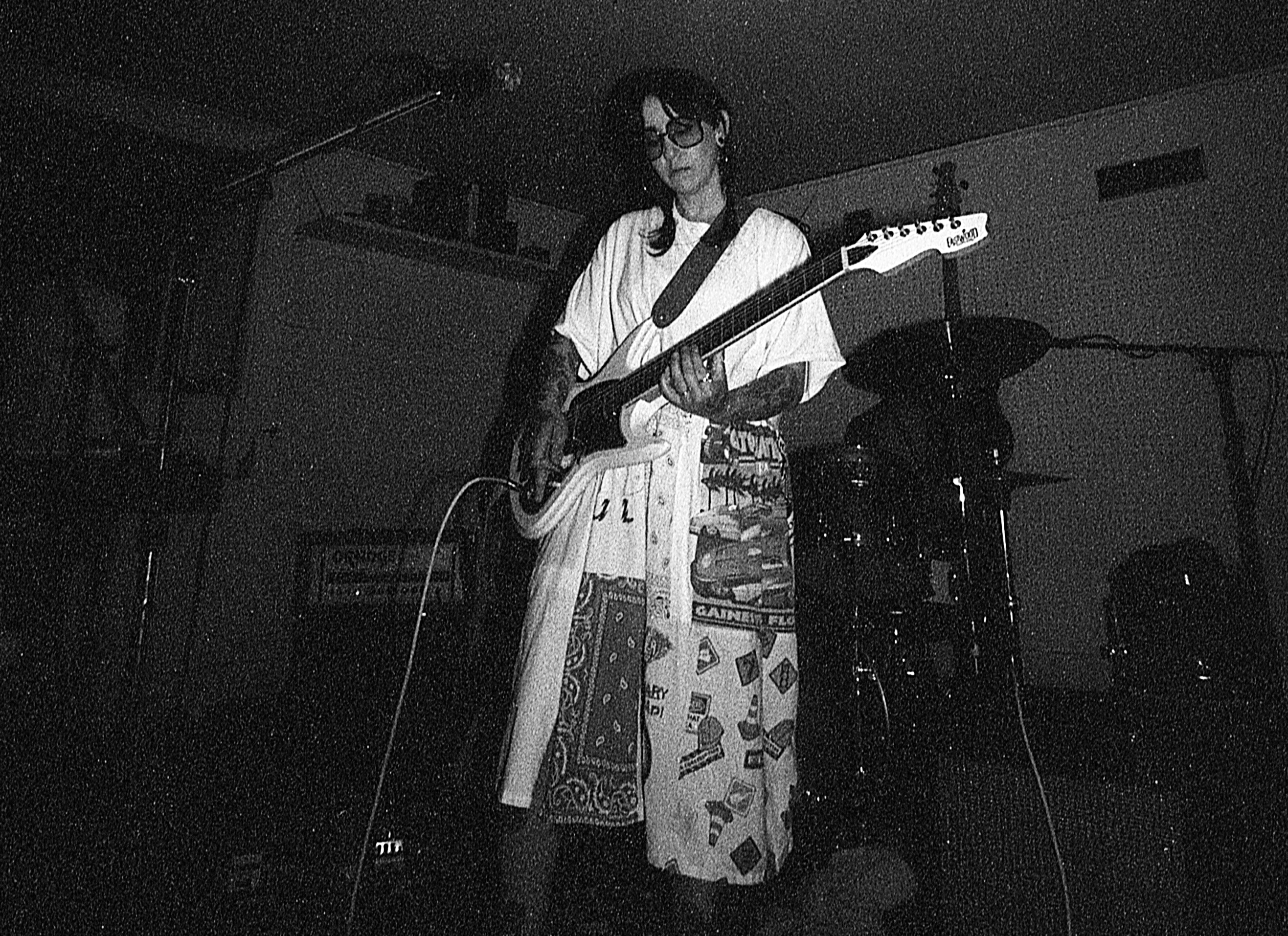
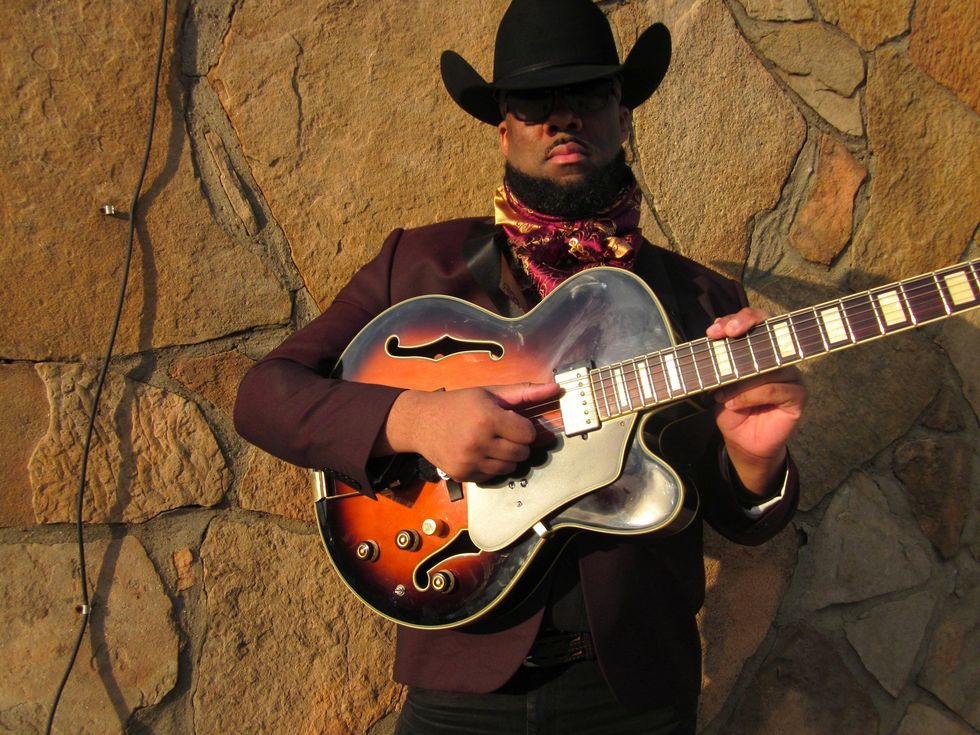
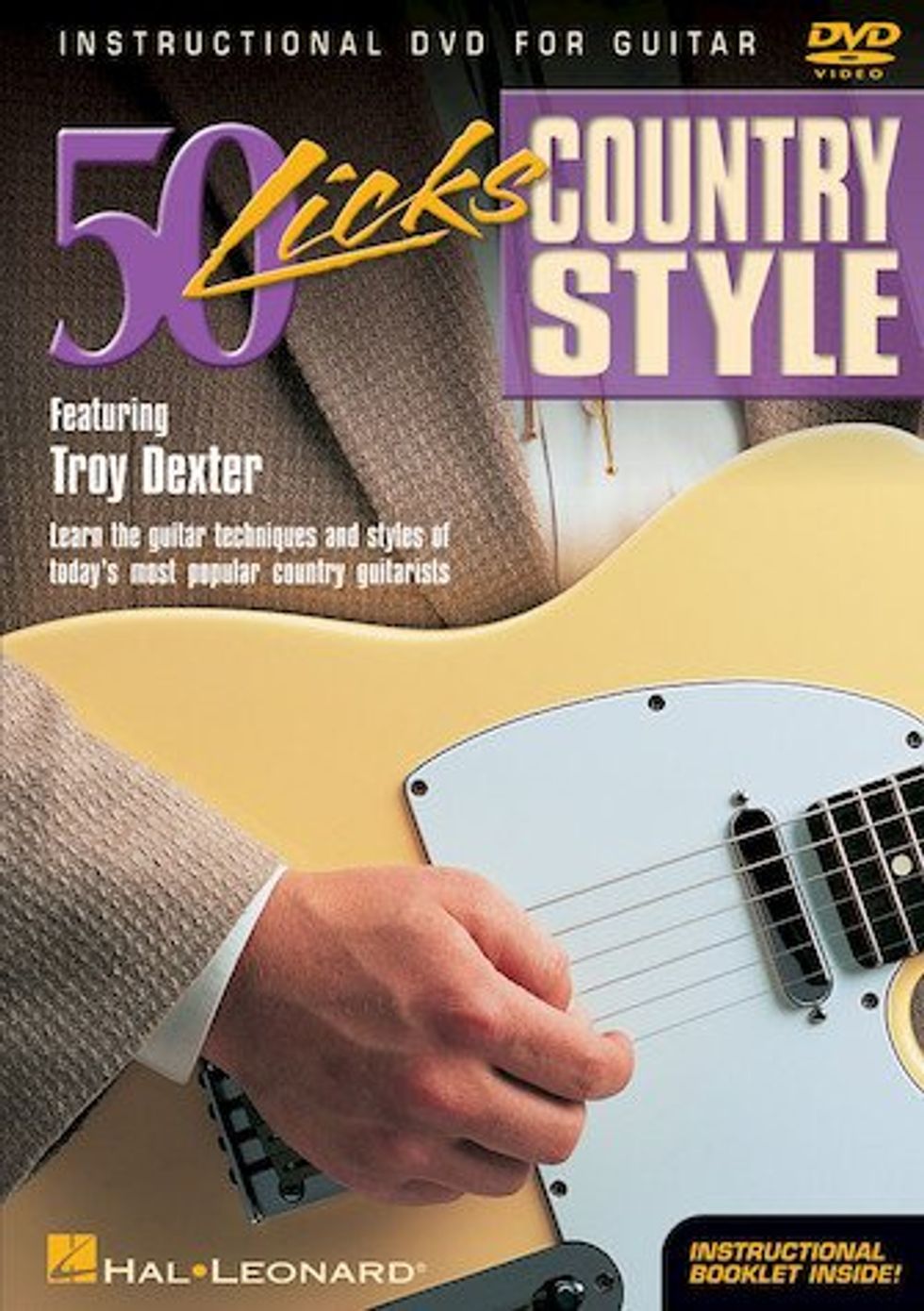
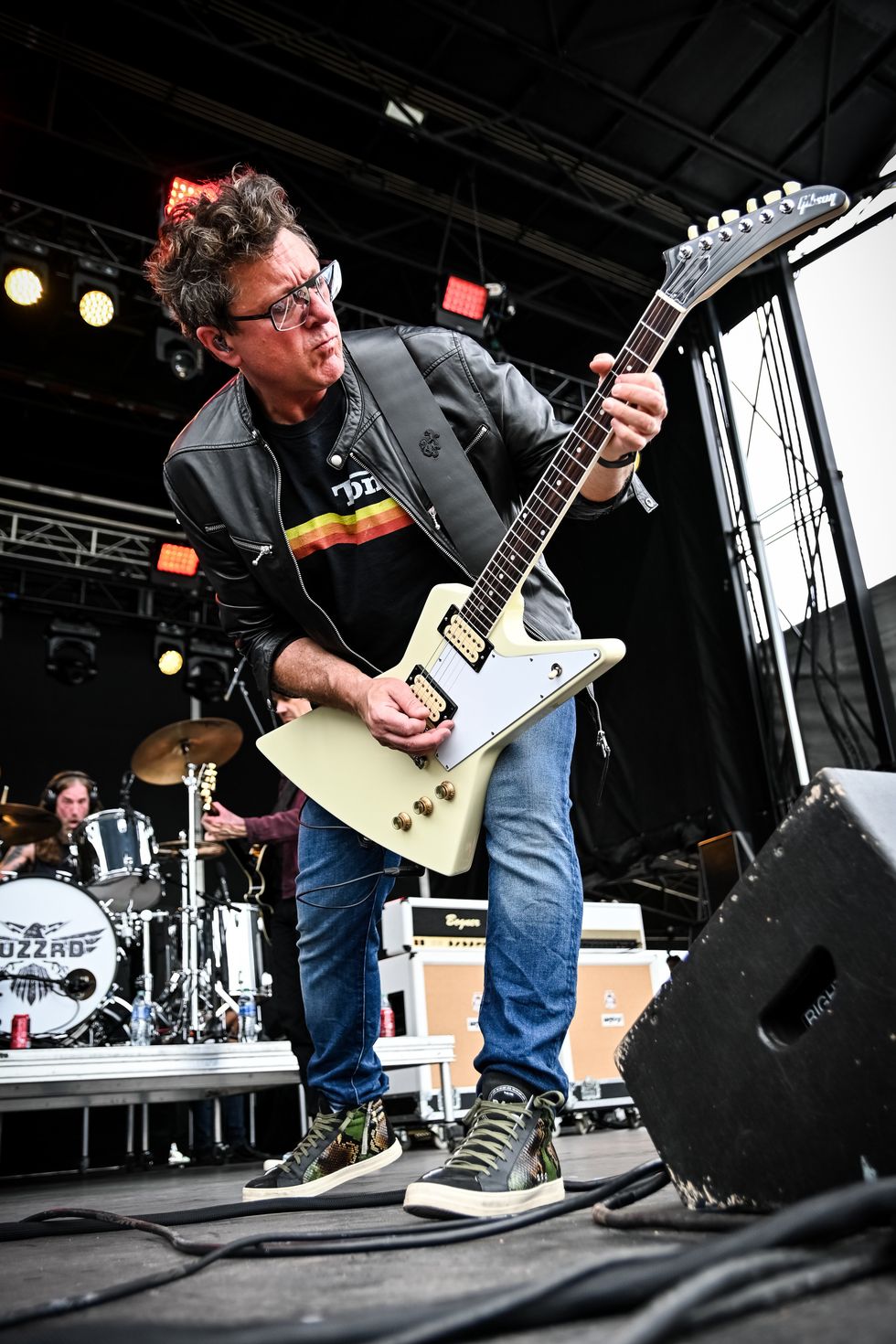
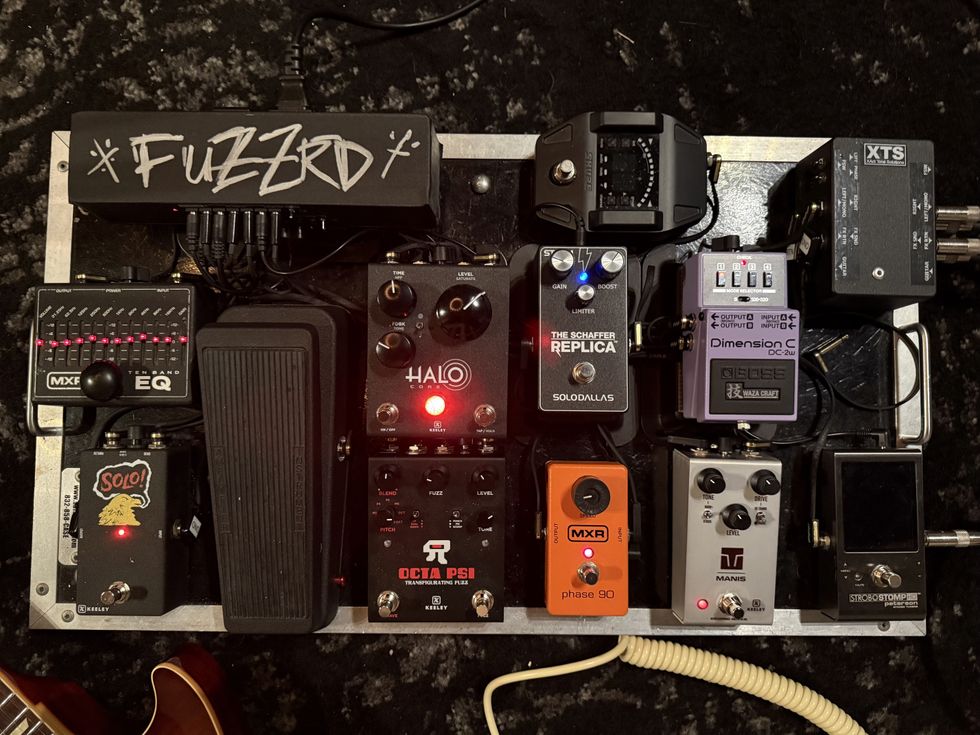

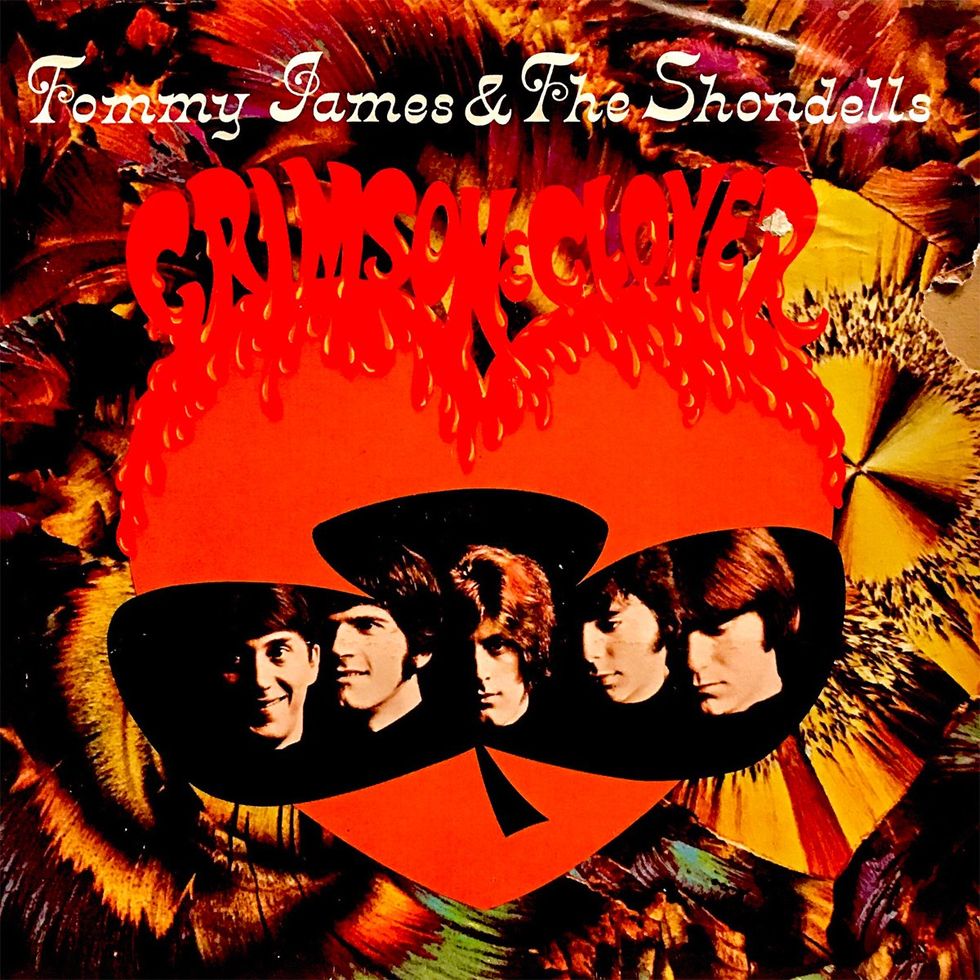
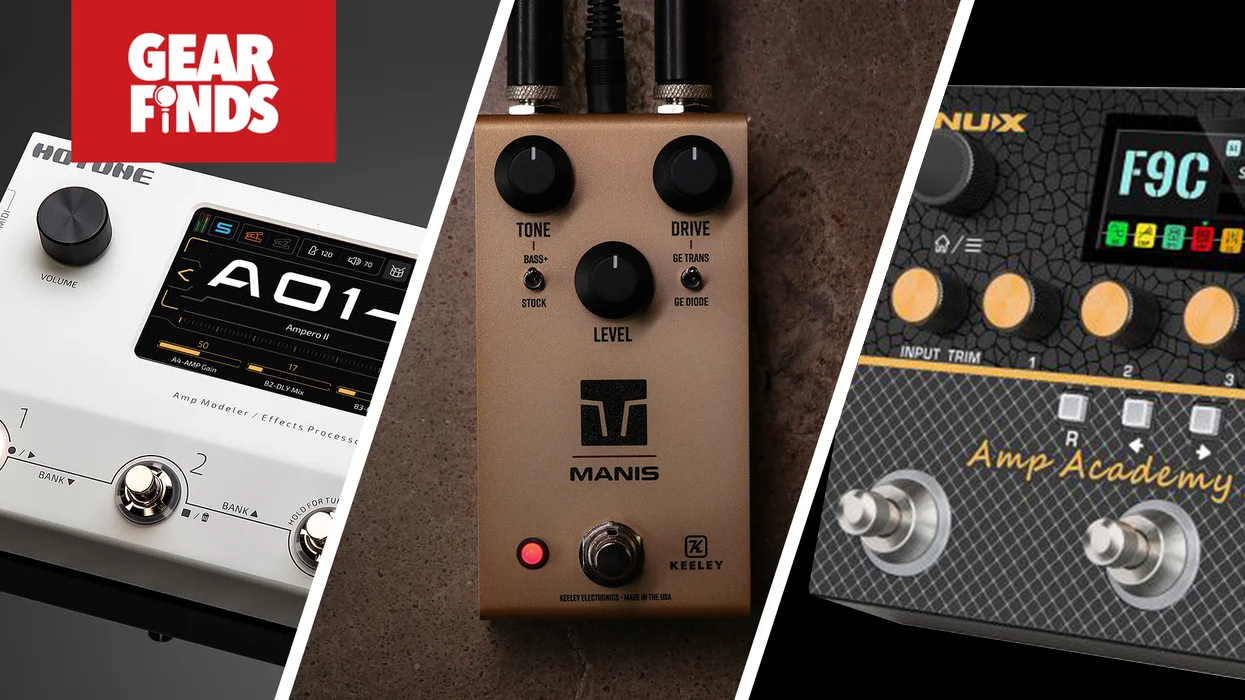
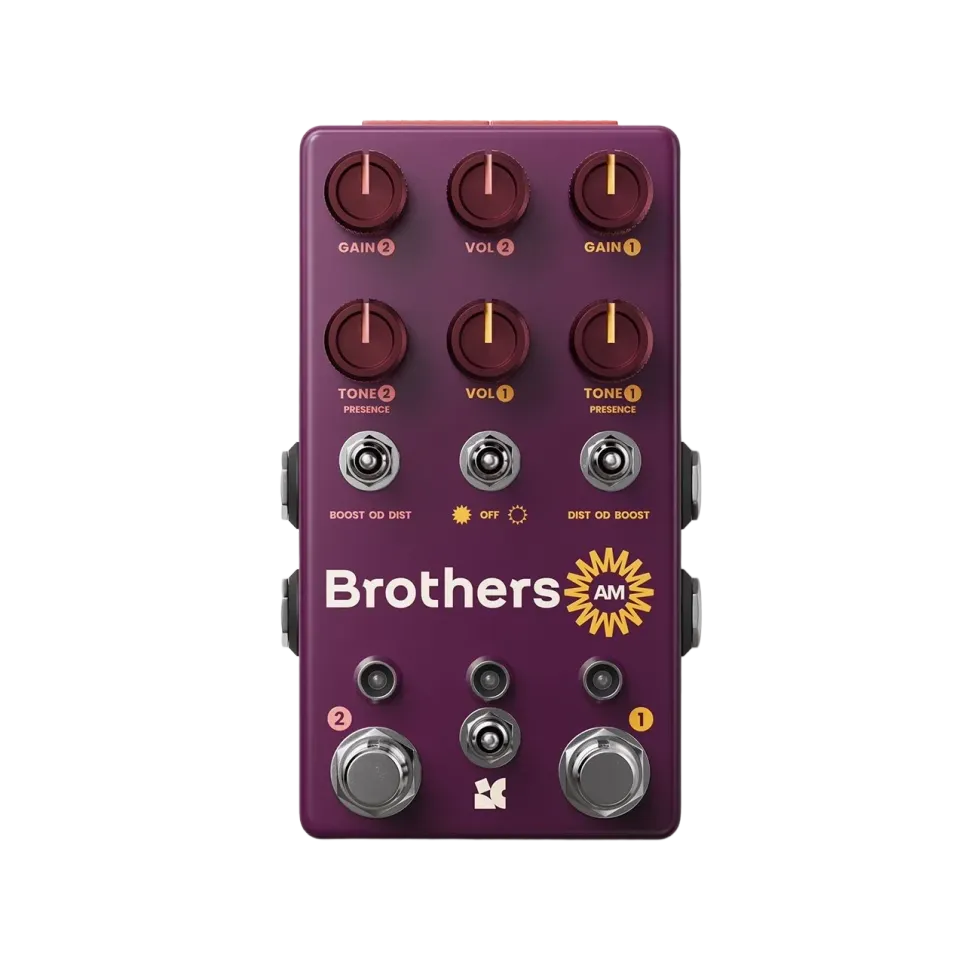
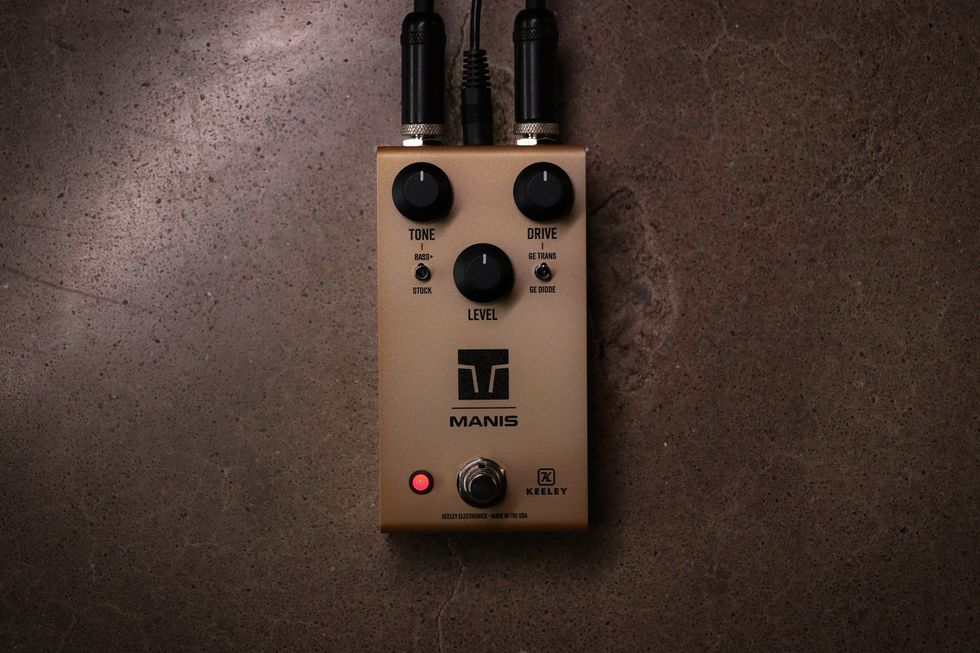
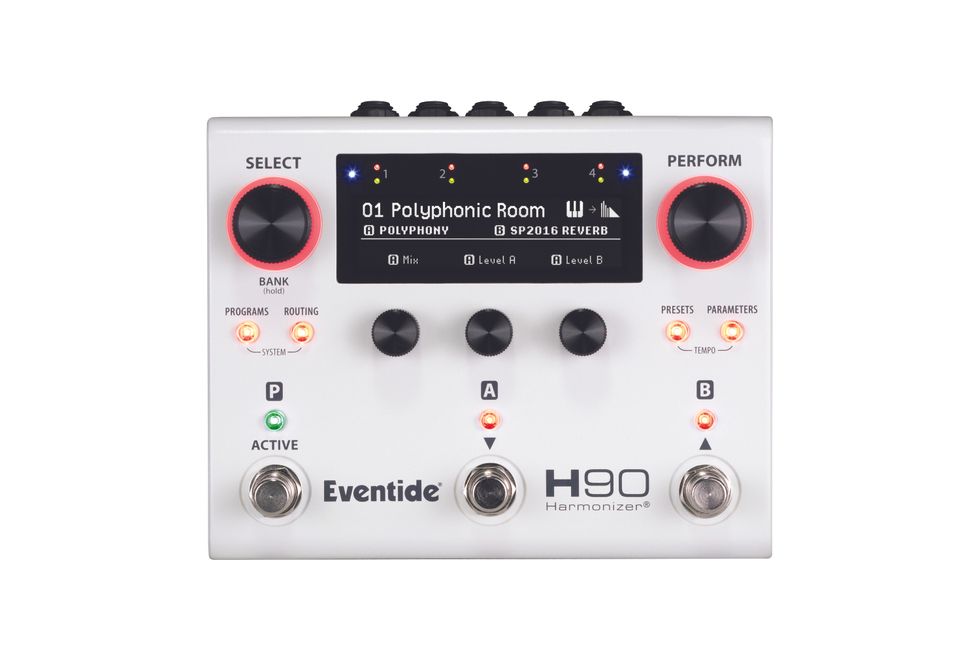
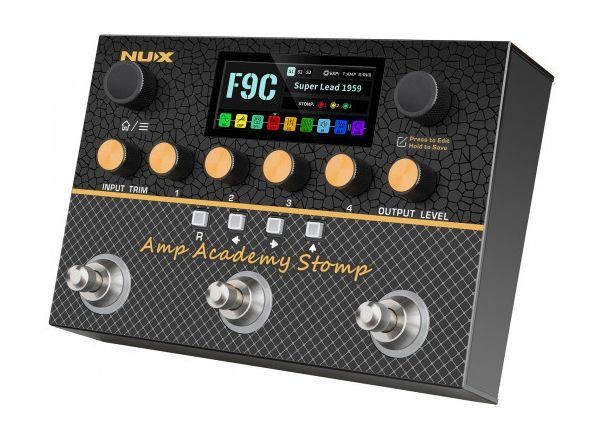
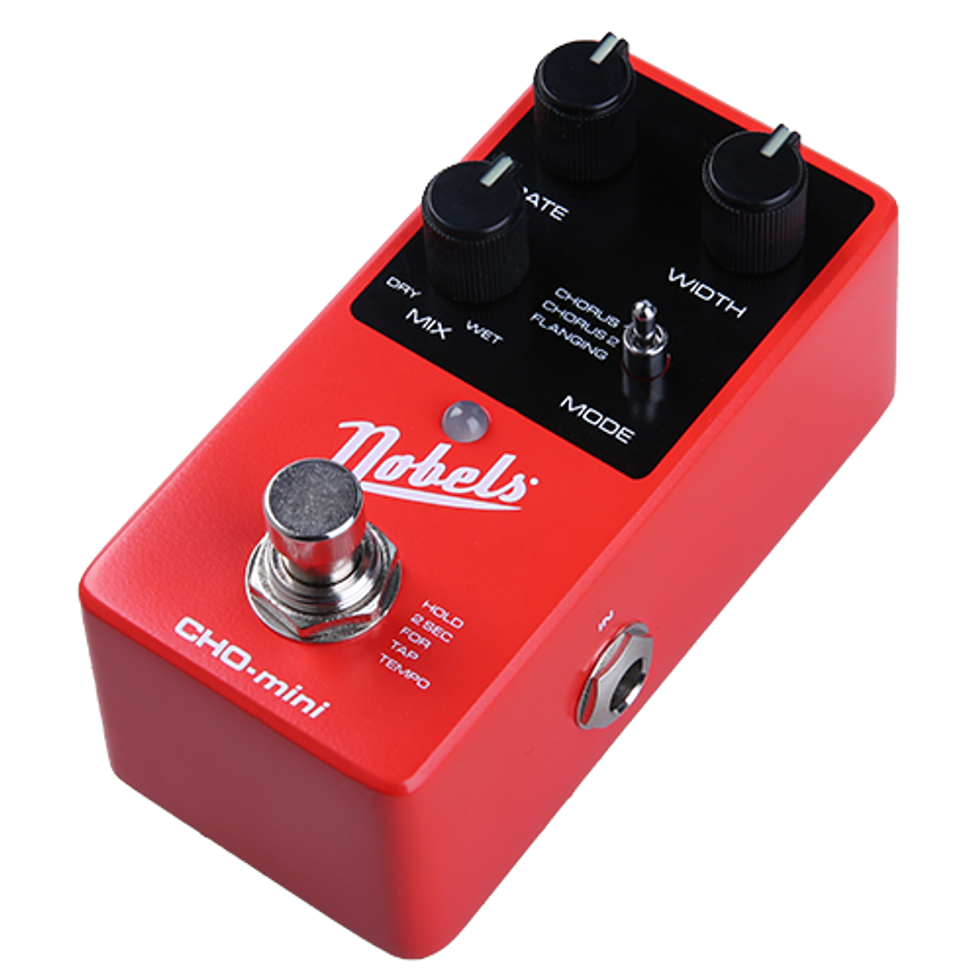
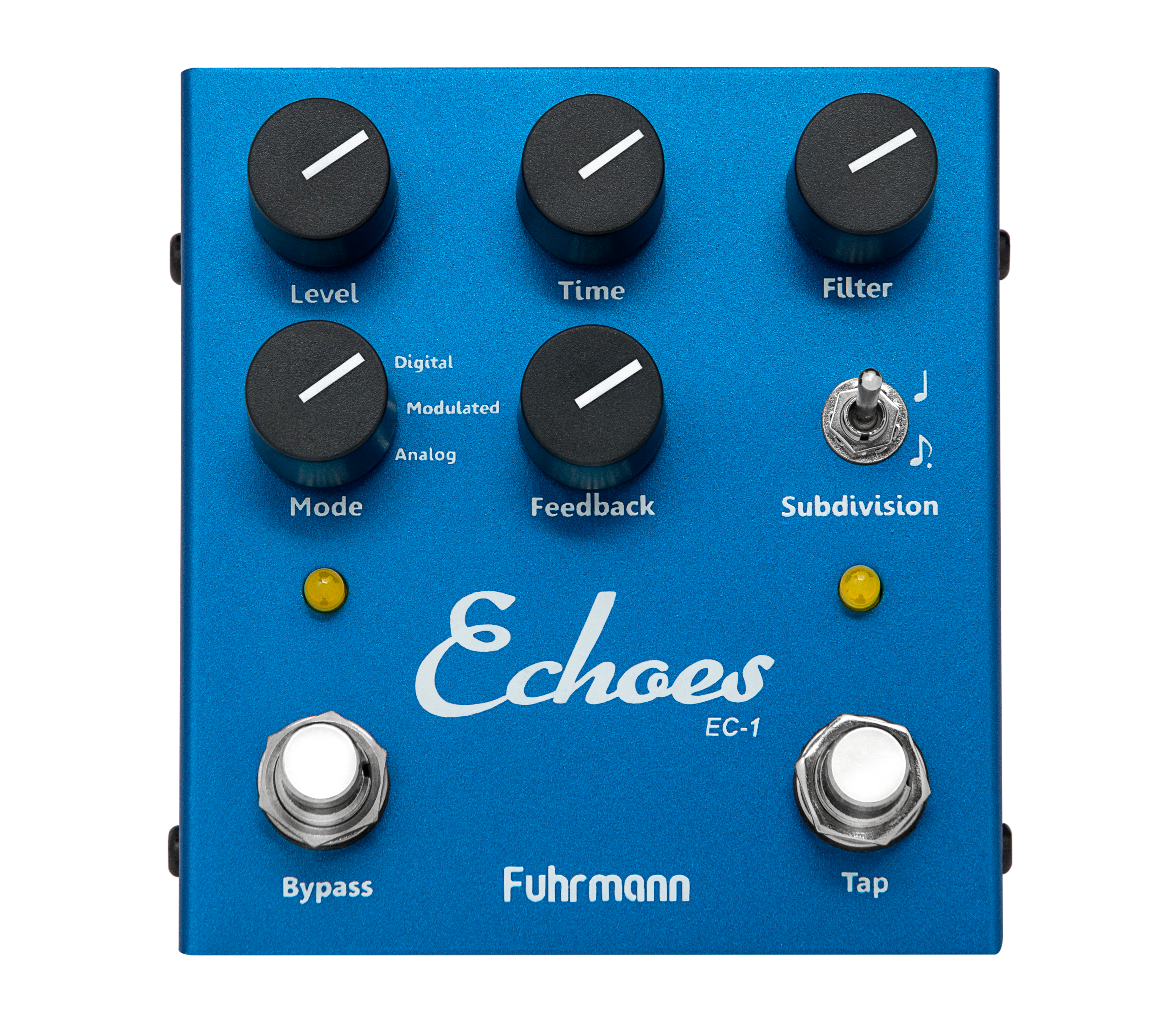
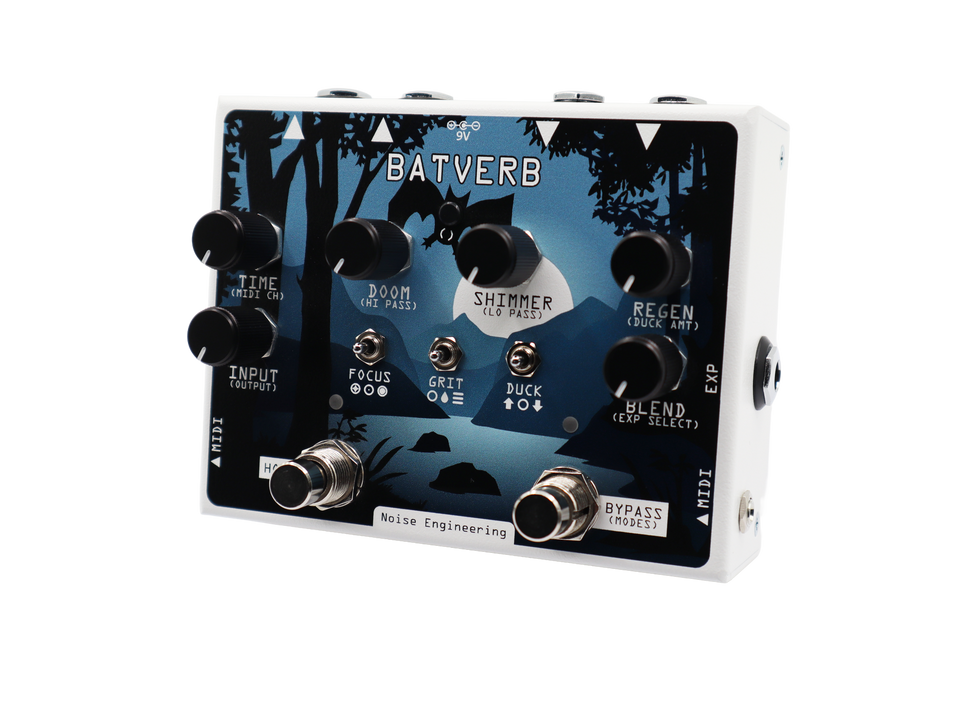
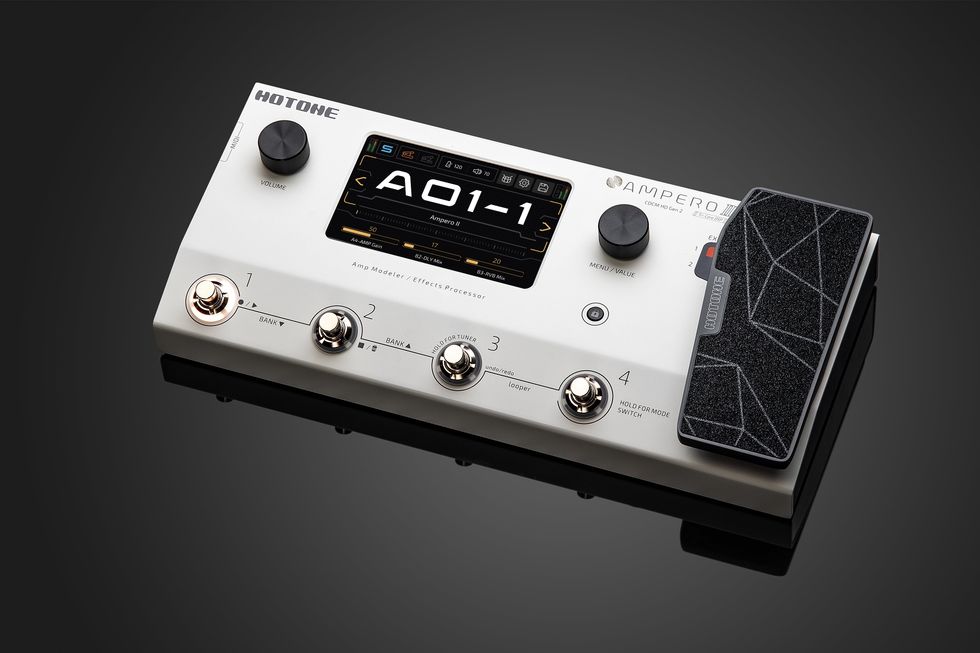
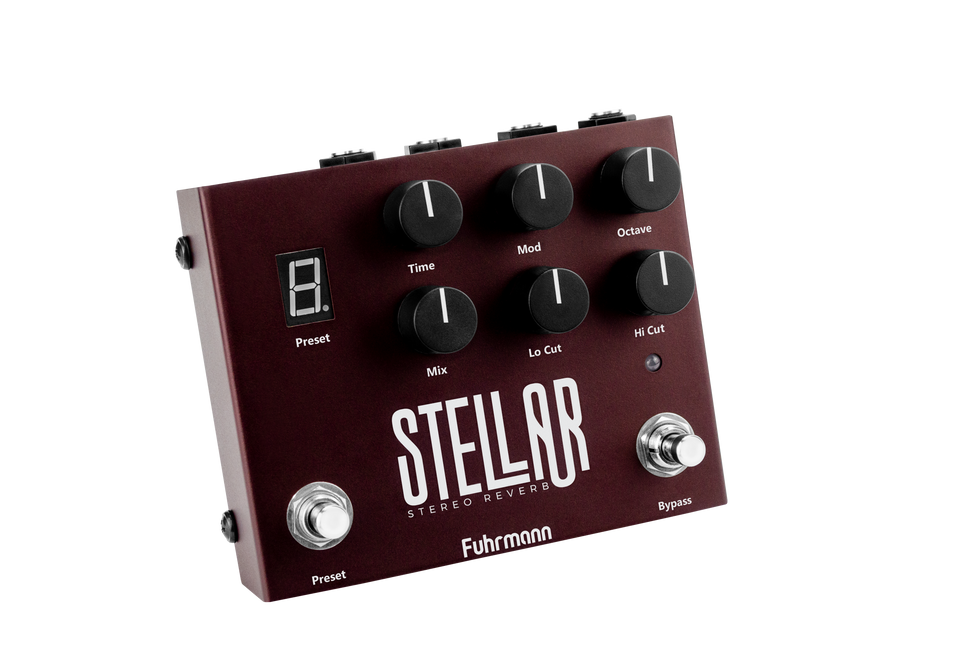
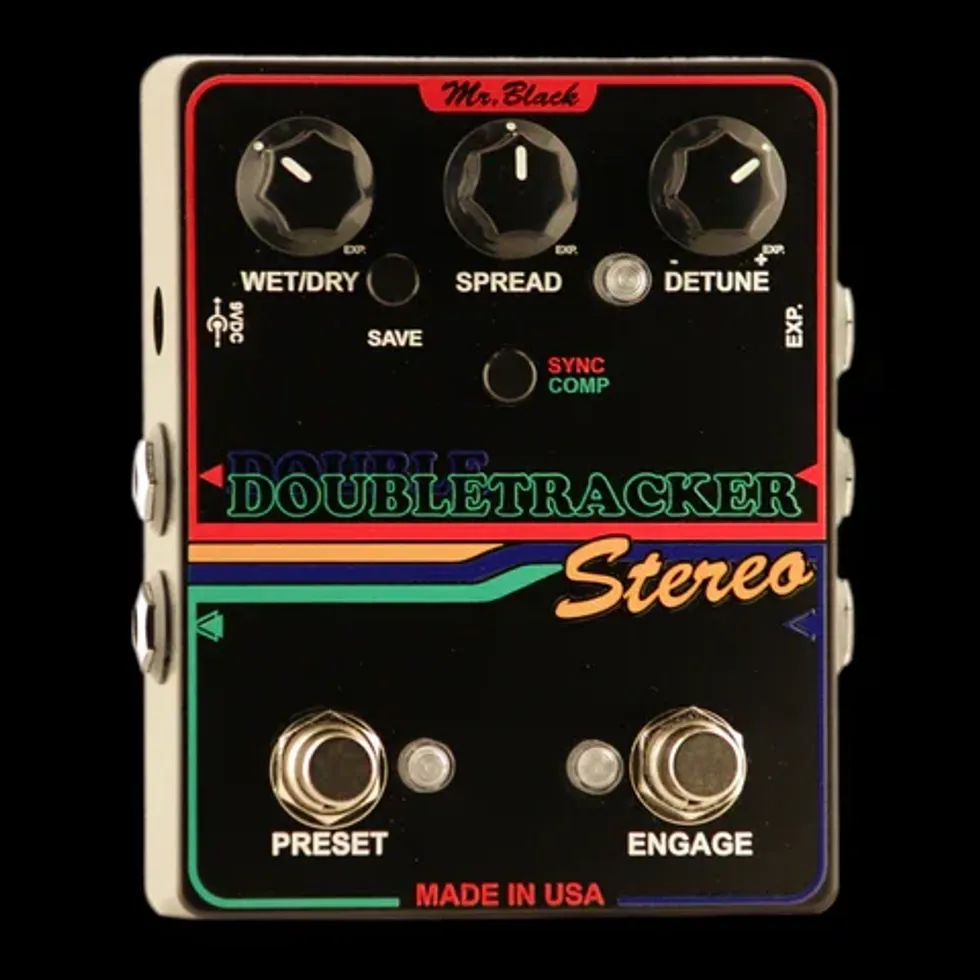
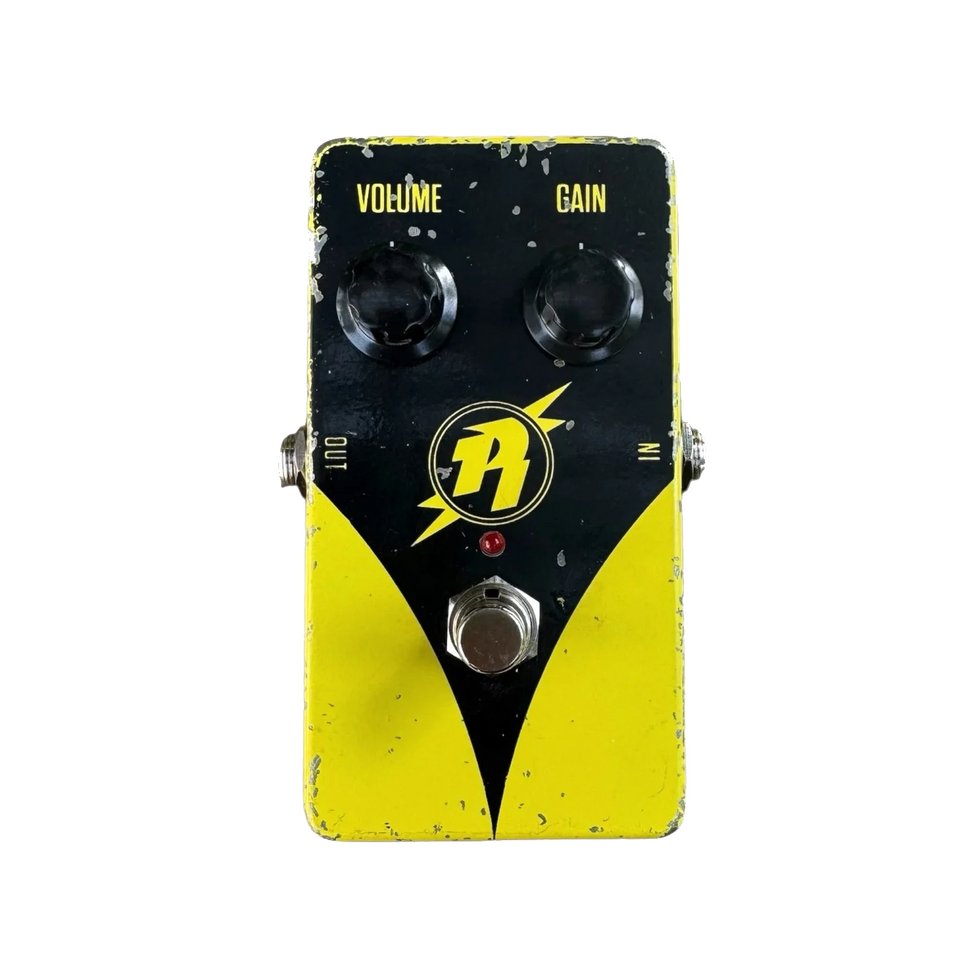
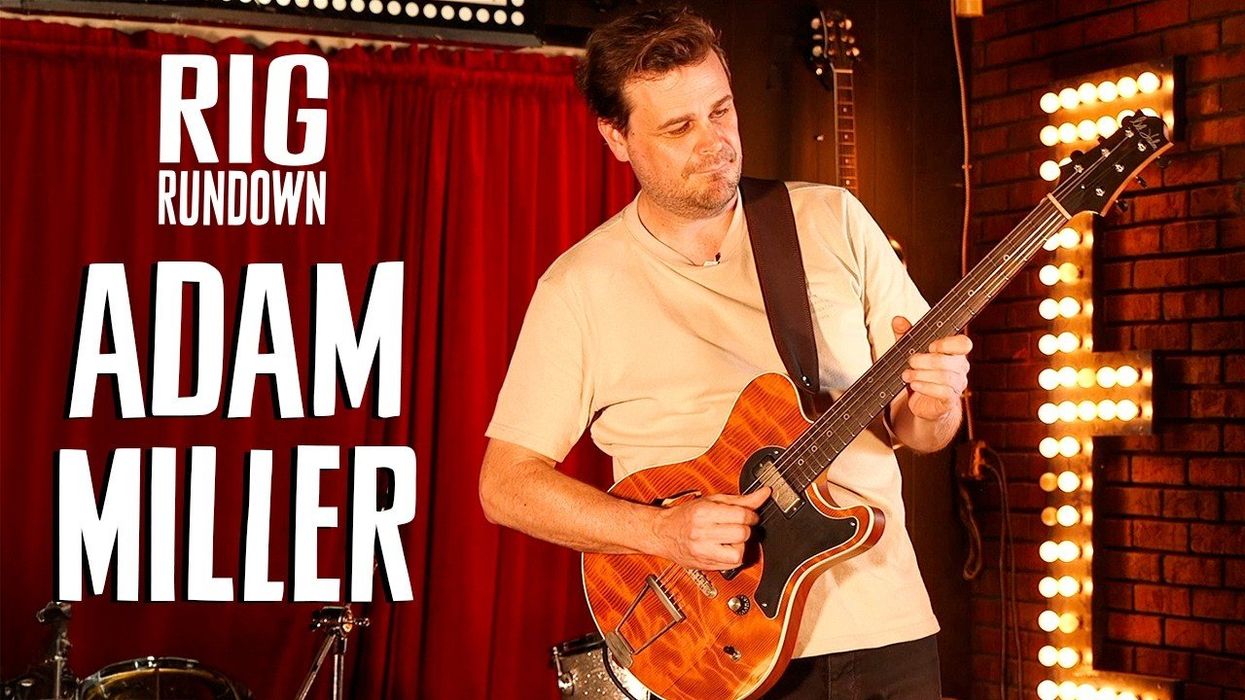
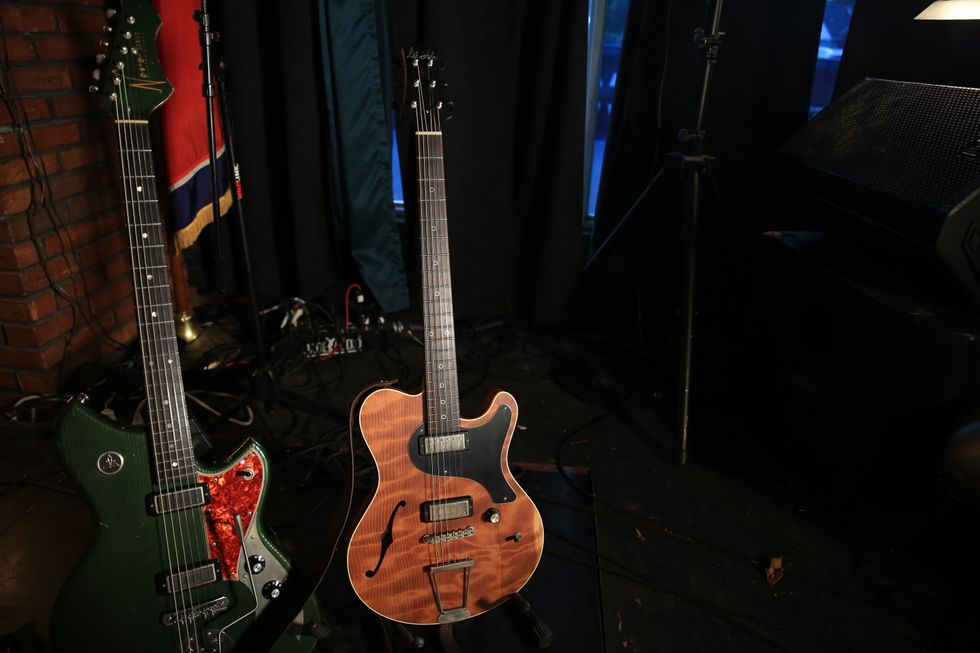
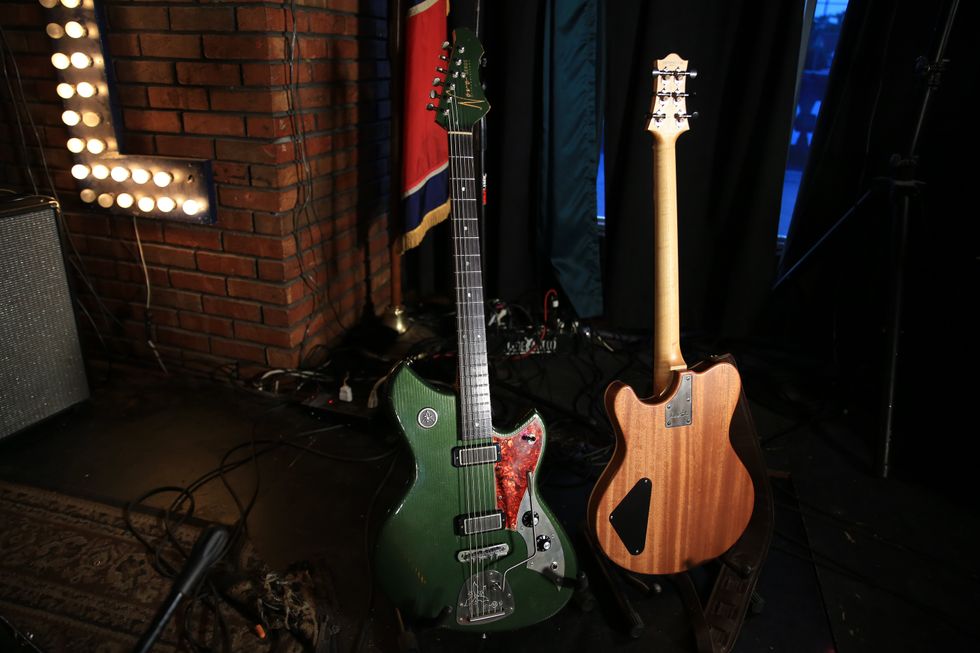
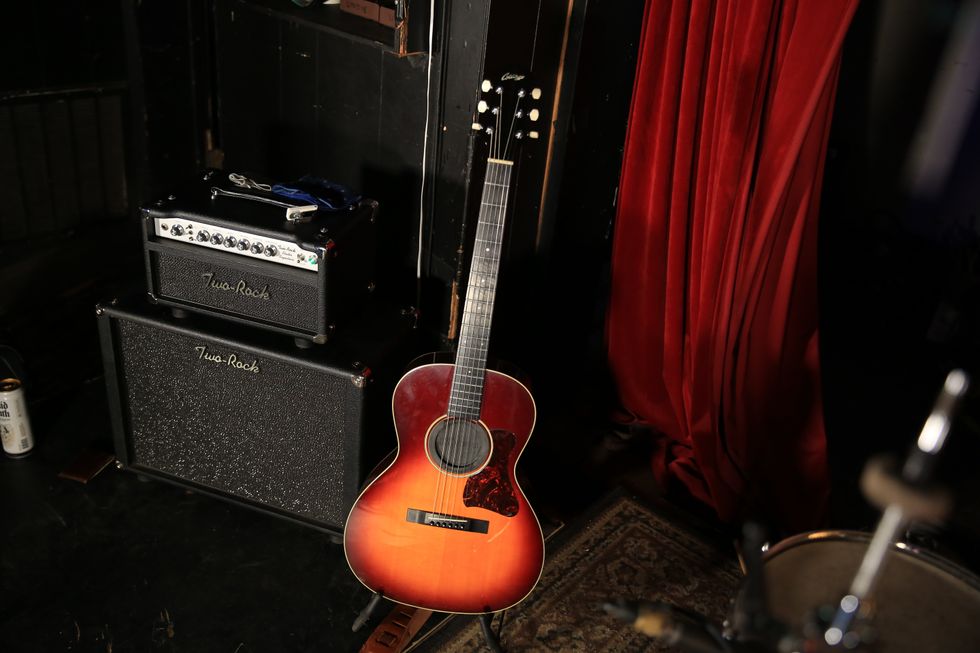
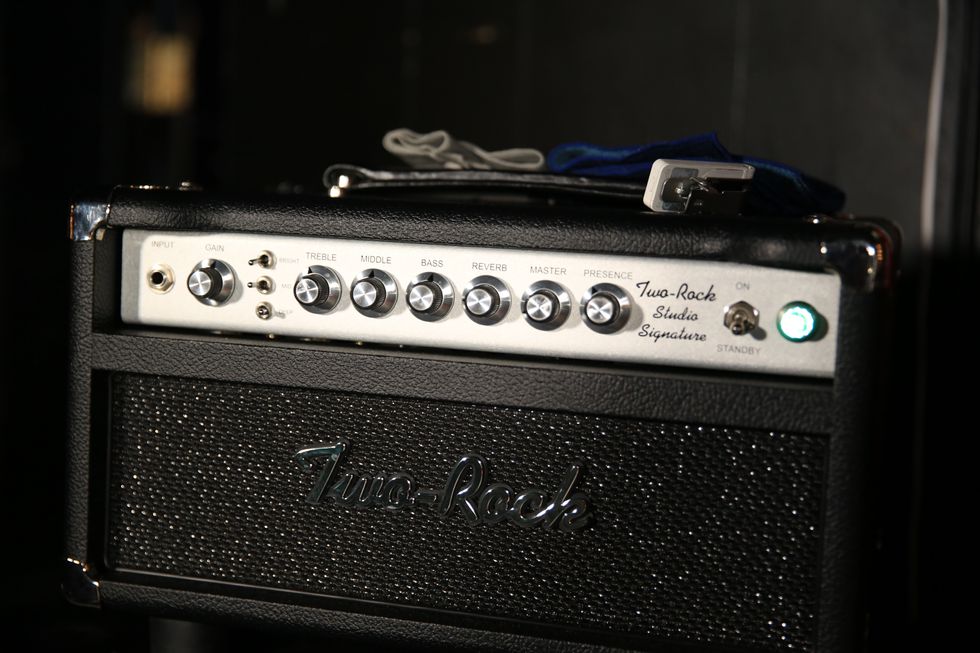
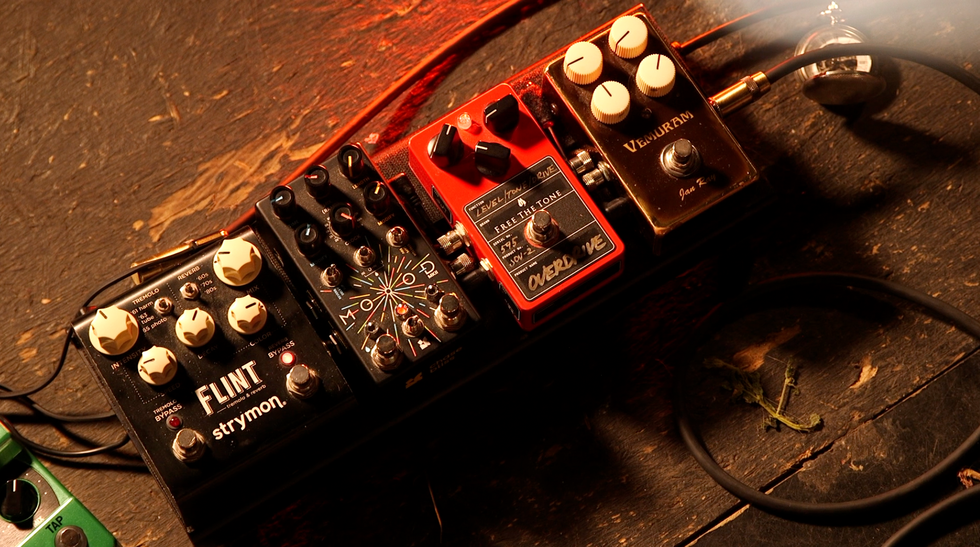
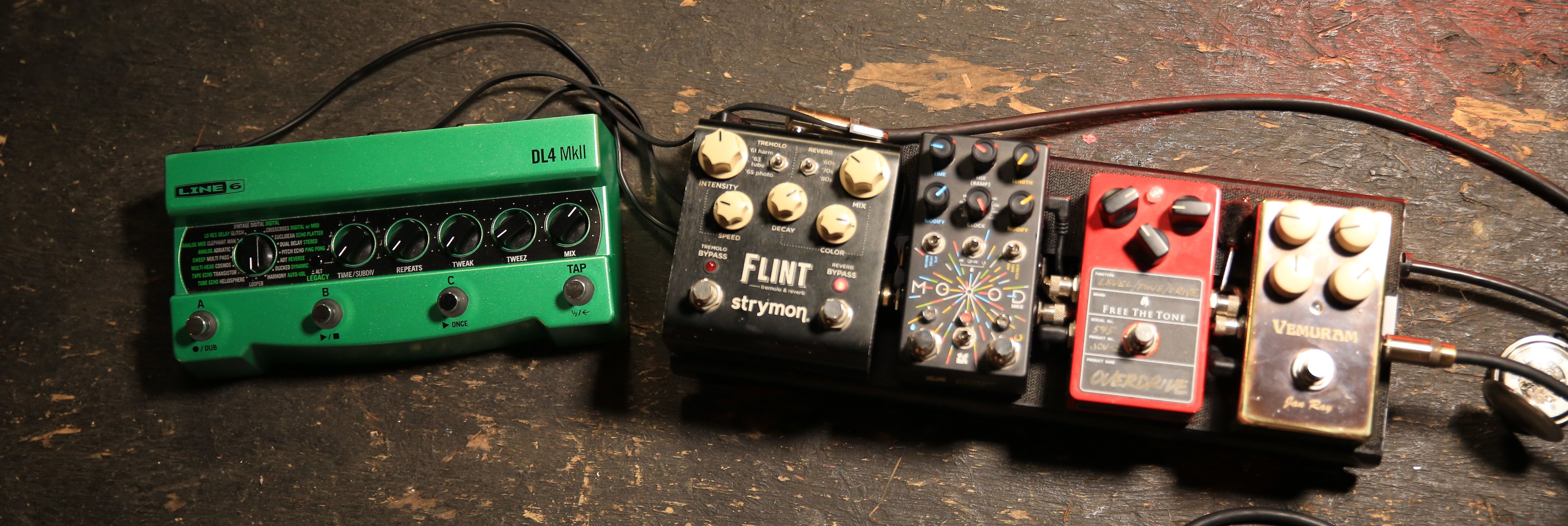 Miller’s Collings runs into a Grace Design ALiX preamp, which helps him fine-tune his EQ and level out pickups with varying output when he switches instruments. For reverb, sometimes he’ll tap the
Miller’s Collings runs into a Grace Design ALiX preamp, which helps him fine-tune his EQ and level out pickups with varying output when he switches instruments. For reverb, sometimes he’ll tap the 
